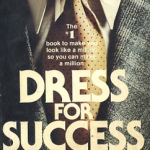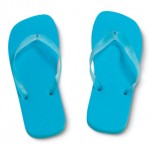 Donning a vintage 1960s wide-brimmed black straw hat, I escorted my 94-year-old Mother to Easter Sunday mass. On the way into the church, a woman grabbed my arm and said, “I just have to tell you that I love your hat!” I thanked her and told her how I wished more women wore hats. As I walked further into the church and sat down, my husband noticed that no other women were wearing hats. Shortly after that, my older sister (who also was wearing a hat) and her husband arrived.
Donning a vintage 1960s wide-brimmed black straw hat, I escorted my 94-year-old Mother to Easter Sunday mass. On the way into the church, a woman grabbed my arm and said, “I just have to tell you that I love your hat!” I thanked her and told her how I wished more women wore hats. As I walked further into the church and sat down, my husband noticed that no other women were wearing hats. Shortly after that, my older sister (who also was wearing a hat) and her husband arrived.
One of the fondest memories I hold dear about my Dad was a simple tradition that he started on the highway. As he would approach a state line, he would tip his hat as he drove past the “Welcome to…” sign. To this day, whenever I pass a state line sign, I think of him and smile. To me, my Dad’s small act symbolized his gratitude for everything that allowed him to get that far on the journey…a well-running car, a full tank of gas, good weather conditions and of course cooperative children in the back seat!
As I turned to shake the hands of the people around me during the “sign of peace” at church, I smiled at the woman directly behind me who was also wearing a hat. Something amazing happened. For a moment, we exuberantly embraced our tiny “community” of hats in the congregation. Now it was three of us who were the only women wearing hats in the entire church.
It got me thinking. One simple act – wearing a hat – got people’s attention, turned heads and created a buzz. What are you doing to stand out? To position yourself differently from others? Sometimes it takes just one thing to set you apart from everyone else.
If you are feeling bold and daring and want to learn more about the fine art of hat wearing, read the online British magazine, The Hat Magazine. If you want to see some spectacular hats, visit the Hat Center, a group of hat manufacturers in Florence, Italy. Bellissima!











